|
Editing and revision can be incredibly hard work, but useful tools can help make the process easier. Over the past few months, I've been keeping a list of my favorite items I use to pour over manuscripts. Everything listed below is something I have in my house and am giving first-hand recommendations for. Hopefully you will find something that helps you be a little more productive so you can reach your editing and revision goals. 1. These red pens are great for marking up printed pages. The thicker tip is perfect for making those added commas stand out. Plus, I get a whole box so I can always grab a new pen when I leave the other one in some mystery place in the house. Get a pack of 12 on Amazon, $14.99. 2. This might be one of my favorite purchases of all time for my home office: a coffee warmer. How did I ever live my life without one?! My kids always want 10,000 things in the mornings and I used to microwave my coffee at least three times every morning. Not anymore! I make my cup and set it on this warmer and it's just the right temperature whenever I can manage to take my next sip. Mr. Coffee coffee warmer, $11.99 on Amazon. 3. Sitting in a chair all day can be hard for your back and bum, but I love this super-comfy chair cushion you can pop on any desk chair. Memory foam and cooling gel? Yes, please! Get it on Amazon for $33.95. Your bum will thank you. 4. Staring at a screen for a long period of time can be really hard on your eyes. That's why I like to put on these stylish blue light blocking glasses. They have ten different styles to choose from and keep the headaches at bay. They are only $19.95 on Amazon, which is cheaper than a visit to the eye doctor! 5. Here is an item I use every. single. day: a portable laptop desk. You can use this bad boy while working on the couch, in bed, or as a standing desk. It's so versatile, I use it more than my regular desk! It's worth the investment; $49.99 on Amazon. 6. Sometimes it takes me a while to get focused, or to stay focused on editing. That's why I like to light up my lavender Yankee Candle. It makes me calm and relaxed so that I can let go of distracting thoughts and focus on my work. I love this candle brand because they last a long time and the scent carries well. $22.99 on Amazon. 7. You know, I used to tease people who had wireless mice. Why do you need an extra mouse when you have one right there on your laptop? Then I was gifted one. So. Much. Easier. I get it now, and not only that, I'm a huge fan. I love how this cute wireless mouse has so many color choices. And for only $11.99 on Amazon, it's a steal. (Can you tell I love purple??) 8. There's nothing better for bringing attention to a part of your manuscript than a great highlighter. What I love about these highlighters is the quality of the ink and how you can see how much you have before it goes out. Plus they have great precision tips. Get them on Amazon for $9.97. 9. I don't mess around when it comes to being comfortable. Cozy slippers are definitely a must-have for me to get any work done at home. These ones are my tried-and-true brand that I can also run outside in to roll the garbage can down when I hear the truck coming. They also have cute colors. I already had a purple pair, so the current ones are pink. $24.99 on Amazon. Guys, I asked my husband for his slipper recommendation. He likes this shoe-looking style slipper. 10. Let's face it. Editing and revision can be boring. So boring that you might start to nod off. I have a trick to wake myself up and get refocused: chewing on crushed ice. I am kind of picky about the size of the crunched up ice chips. This ice crusher makes the PERFECT SIZE ice chips to munch on and wake yourself up. For $36.47 on Amazon, it's worth every penny for each hour it buys me. 11. I will confess, my husband teases me about this one, but I do not care. This sleek plastic ruler makes me slow down and focus on a manuscript line-by-line. The transparency allows me to see the next line if I need to, while keeping my eyes on the current one. It's only $2.69 on Amazon and a cheap, easy tool to stay on task. 12. Ginseng is a wonderful supplement for brain health. I asked my doctor what brand of vitamins she recommends, and her answer was Now brand. This ginseng supplement can help boost your brain power. Get a bottle of 250 capsules on Amazon for $18.33. 13. If you get nothing else on this list, GET THIS. The Chicago Manual of Style is the number one tool I use while editing, personally and professionally. There is nothing like being able to go straight to the rule book to answer your grammar and convention questions. This book is HUGE, 1146 pages, which is why it costs $29.62 on Amazon. BUT, you will use it over and over and over again, and have the satisfaction of knowing you've gotten it right. Well, there you have it. Those are my must-have favorite tools for editing and revision. Now get that manuscript and get to work! *Note: I signed up for an Amazon affiliate account after I made my list, so if you make a purchase, I may get a small commission...so I can buy more slippers!
1 Comment
This is a common question for first time novel writers, heck even experienced authors wonder this from time to time. You know what you've written needs some work but you aren't sure how to go about it. Worry not! I will be writing a three-part blog series to help you tackle the process of revision and polish up your manuscript. What is Revision?Let me start by saying what revision is not: it is not fixing every single issue all in one go. It is completely overwhelming to try and correct the gazillion things you spot in your work. So relax. Revision is done in rounds. The amount of rounds and length of each will vary from project to project. Revision is also not editing. These two terms are often used interchangeably when they are in fact separate tasks. Sometimes first time authors will picture themselves with a red pen after they finish their first draft, adding a comma here and there as needed. They may think this is the only thing that needs to be done upon draft completion. Not true. Revision is often described as the "real work" in writing. It is the molding of a bunch of messy words into a true story. It is implementing character arc, narrative pacing, descriptive language, and other elements into your story that are absent from the initial attempt. Revision is not fixing grammar and conventions. That is editing. Editing is done after revision takes place and usually by a qualified editor. Where Do I Start with Revision?The answer to this question is not what you may think. You start revision by actually stepping away from your manuscript. That's right. Put your hands up and step away from the computer. You will need to let your work breathe for six weeks. Why? This will give you the chance to get some much needed perspective. When you first finish, you will be too close to your work to see your mistakes. Take the time to write some poetry, read a book, or squeeze in a short story. When it is time to go back, you'll have fresh eyes for your work. Revision Part One: Taking StockBefore you roll up your sleeves and dive in, the first thing you need to do is take stock of what you have. You need to do a full inventory in order to figure out what to fix. You will be taking notes for this part, so grab a notebook or open a fresh doc on your computer. Your first task is to reread your entire manuscript from start to finish...without making any changes. That's right. Yes, it will bother you at certain points. But your job is to write down notes for each chapter about what needs to be done, similar to a surgeon getting x-rays, MRIs, and other images done before making any cuts. The rationale behind this is that there will be larger issues that go across the book or entire sections that may need to be cut. If you dive right in to chapter one, you may be wasting your time when you later realize the whole chapter needs to be omitted. It will also be too late to weave in a subplot you realize you need for the climax when you are at the end of the book. So reread, take notes, and digest your work as a whole. Examine your character arcs, pacing, and overall narrative structure. What changes do you need to make? This will get you ready for part two...making your revision plan. Check out my post Developing a Revision Plan for next steps! Want to get even more info about revision? Check out some of my guest posts: Five Common Revision Problems and How to Fix Them What an Editor Won't Do: The Myth of the Magical Editor
Revision can be a highly emotional process. One day everything in the chapter is fixed perfectly, piece of cake. You were born for this. The next day you spend HOURS on one paragraph. Why are you doing this? Four root canals with no numbing agents would be less painful than this. Things can go from bad to worse after you spend months and months fixing and rewriting only to feel like you've made no progress in making the book better or you see how much more there still is to fix. You think you'll never finish. Then a common, yet terrible thing happens to writers. Revision burnout. What is Revision Burnout? Revision burnout occurs when a writer becomes frustrated with the time and entanglements of revision and quits. They walk away from their manuscript, sometimes never coming back. Oftentimes a little time and space are good for a project, giving the writer a chance to get a mental break and gain perspective. Too much time is a bad thing. The longer a person steps away from the project, the more they forget about the smaller details, and the longer it takes for them to reread and remember what they wrote about before jumping back in. You can also lose the sense of tone and direction you originally had with the work, making the new parts not match up as well with the older ones. This doesn't mean it's impossible to jump back on a project you didn't finish from three years ago, it just means that it will take time to recapture your sense of the story. The real threat with revision burnout is complete abandonment. The biggest crime in writing is to give up on your work. You've made it this far and finished the draft. How many hours, days, weeks, months, maybe even years did that take? Don't quit now because it's hard. I have yet to hear an author preach about how easy writing is. Yes, some projects will need more work than others and yes, not all projects are going to be award winners. But the learning and growth of you as an author is critical. Going through the whole journey and finishing your big projects will teach you more about how you work and your processes than any webinar or craft book can. Besides, wasn't this your dream? Didn't you picture holding this book in your hands...signing the title page...having fans desperately want your next book...? Or maybe you felt so passionate about the story that you just needed to get your work out there. Revision is hard. Period. That doesn't mean you should abandon your work. Seven Tips for Avoiding Revision Burnout Goal Setting: Make a realistic timeline for finishing your revision. Adapt it as necessary as life happens. Sometimes you get sick or have to move or have to help family members. Adjust your timeline as needed but stay focused on your end goal of having your project completed. Revision Routines: Develop a routine for revision each week. You can plan something such as an hour each day in the early mornings or all day on Tuesdays and Fridays. This is going to depend on your schedule. The emphasis is on writing down what days and times are for revision only. Do not let yourself get distracted or work on other things during revision time. Focus! Accountability: Have an accountability system in place to check in with your overall progress on your project and also to make sure you're sticking to your routine. You can have a writer friend you email every Sunday night to check in or make yourself post your progress on social media every Tuesday. Whatever works for you. This is a key piece in long-term success and finishing your project in your desired time frame. Recognize Fatigue and Take Appropriate Breaks: If you find yourself hating your story or sitting down to revise becomes entirely torturous, a short break may help you adjust your frame of mind. Take a week off and spend some time in nature or with good friends who make you laugh, anything that energizes you. Do not let your break go on for weeks. Remember the longer you are away from a project, the longer it takes to jump back in. Focus on Progress, not Perfection: You don't have to get your story perfect in the first round of revision. Or the second. Or the third. It can certainly seem like you are revising in circles sometimes. Remind yourself that every time you sit down and revise, you are making the story better. Focus on one story issue at a time and pat yourself on the back as you fix problems. Keep in Touch with your Love of the Story: You will hate your story from time to time. It's completely normal. My loathing for my work peaks at about round three of revision. Take a journey back in your memory to when you first got the idea for this book. What was the spark? What made you excited? I like to write my story ideas down in a notebook and I will go back to that notebook to recapture my excitement. You can also make a list of your favorite scenes or lines from the book. Stay connected to what you love in your work. You may have to fight yourself for it. Build a Support Network: Writers make the best allies in the revision process. They know how hard it is. If you haven't already, build relationships within the writing community either in person or online. Other writers can give emotional support and also ideas for when you're stuck. Writing a book can be a very lonely journey so reach out to others in the community for support. Now you have some tools in your toolbox for avoiding revision burnout. Keep working on your revisions and don't let negative emotions stop you from achieving your goal. Happy revising! Want more revision posts? Check out some others I've written:
Revision can be an intimidating, often daunting task, especially if you have a messy draft. It can be hard to tell where to begin. You know you need to fix things, but you aren’t exactly sure how to get started. That’s where a revision plan comes in. This post will tell three steps to getting a chapter-by-chapter revision plan. Step 1: Evaluate Your Manuscript Reread your novel from start to finish without making any changes. That’s right. Resist the urge to tweak as you read and just go through the entire thing. Why? The first thing you need to do is take stock of what you have. There is no sense in making little changes on something that may end up being cut later. So just read. As you are reading, take notes in a notebook or type them up in a doc about things you think need revision or parts you don’t like. I prefer to take notes for each chapter but also keep a running list of things I see overall. For example, I may write a chapter note about the dialogue in a certain scene being flat but also make a note in the overall section about the character as a whole needing more dimension. I like to write my notes in columns, then compile the overall notes separately afterwards. Step 2: Problem Solve Your Story Issues Review your notes as a whole and determine what your biggest problems are. Saggy middle? Ending not explosive enough? Characters unlikable? Start by brainstorming one problem at a time. For example, if you noticed you have a saggy middle, do some research and think of every idea you can to solve the problem. Make a big list of possibilities. Now identify which ones are the best solutions to your problem, not the easiest, but the best. What makes sense in your story and for your characters? Step 3: Make a Revision Plan Now it is time to implement your solutions chapter by chapter. I find it helpful to start my revision plan by writing down what is currently in my chapter, then what I want to do in the revision next so I can see what specific changes need to be made. I will write in a to-do list addressing the chapter problems I saw during rereading and also what I need to do in this chapter to address the bigger, overall issues I noted. So if I am adding a subplot to help with my saggy middle, I will note which chapters need added scenes. I often make adjustments and changes to my plan as I am revising. So it’s okay if everything isn’t perfectly fixed before you get started. The important thing is to GET STARTED! Sometimes writers can get lost in planning and delay beginning the actual work of revision. Don’t spend more than a month evaluating, problem solving, and planning. Some solutions will come to you as you work. Now it’s time to roll up those sleeves and get started! Want more revision posts? Check out some others I've written: |
AuthorArielle Haughee is the owner and founder of Orange Blossom Publishing. Categories
All
|
Proudly powered by Weebly
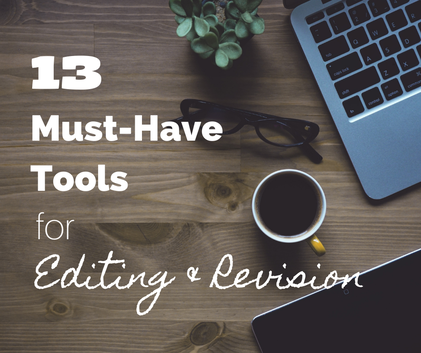
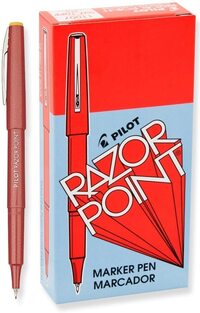












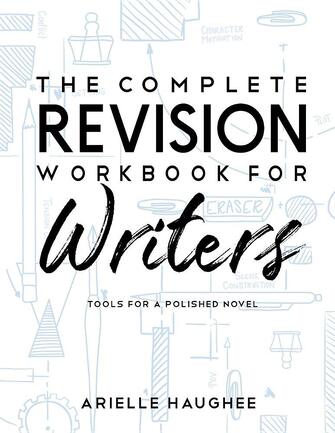
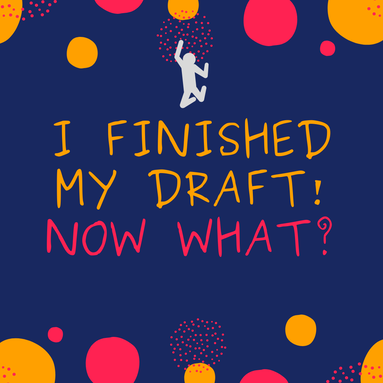
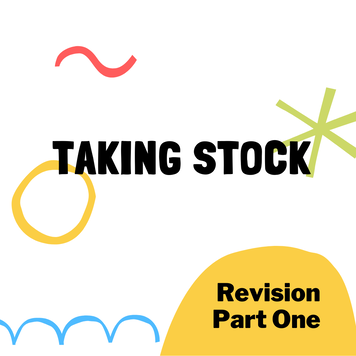
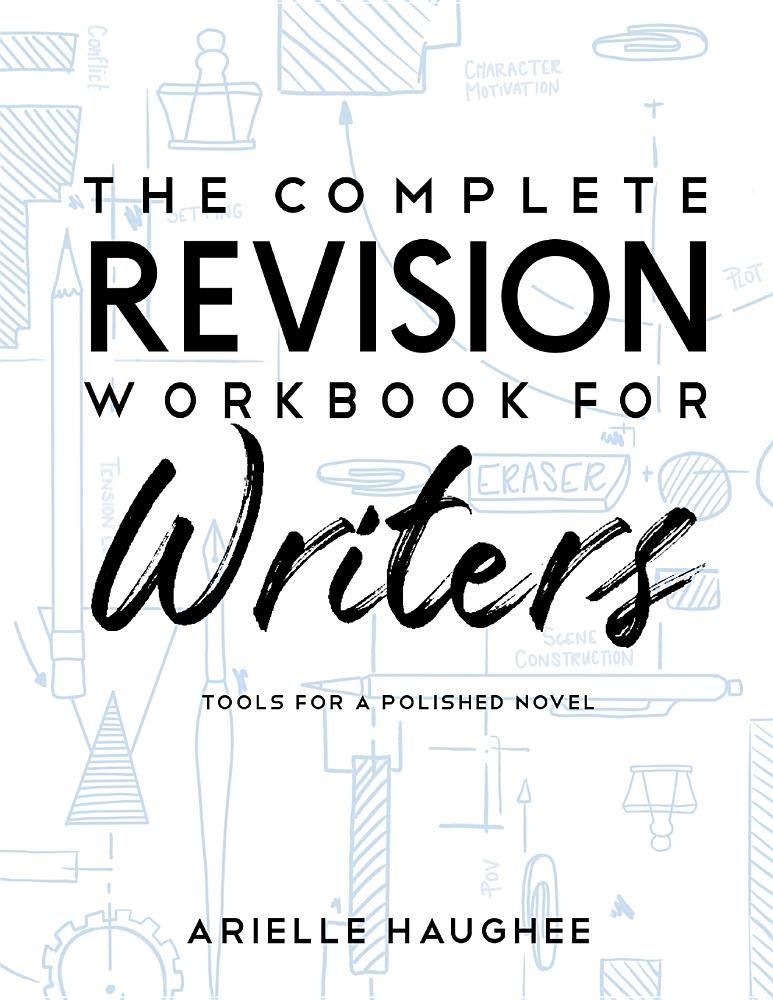
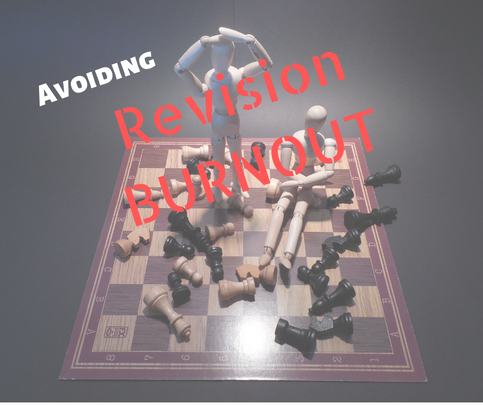


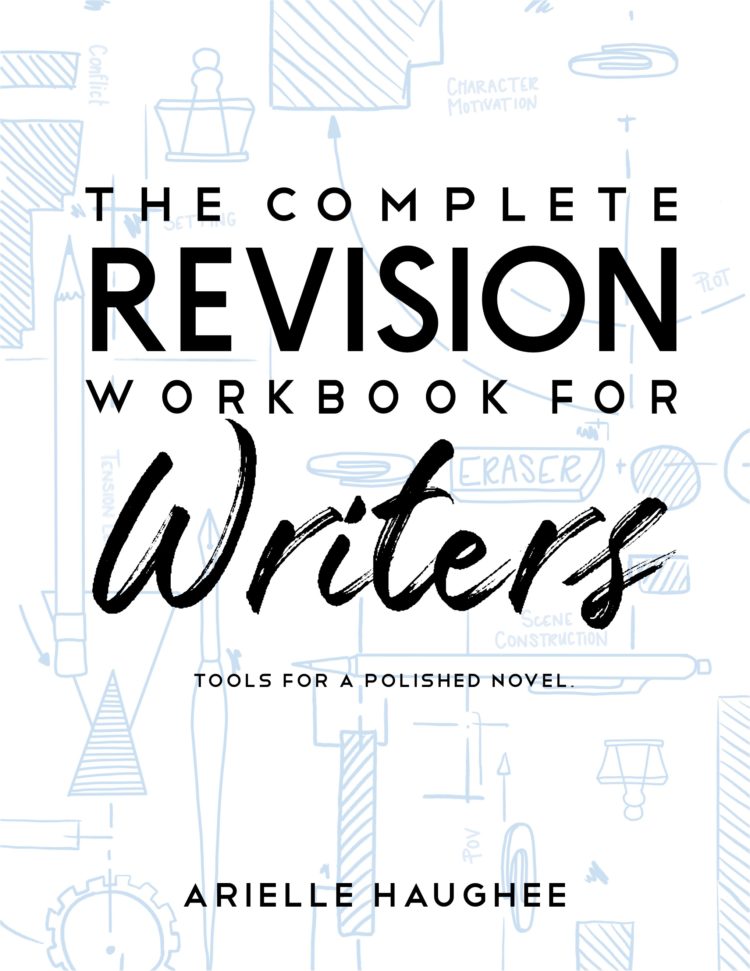

 RSS Feed
RSS Feed